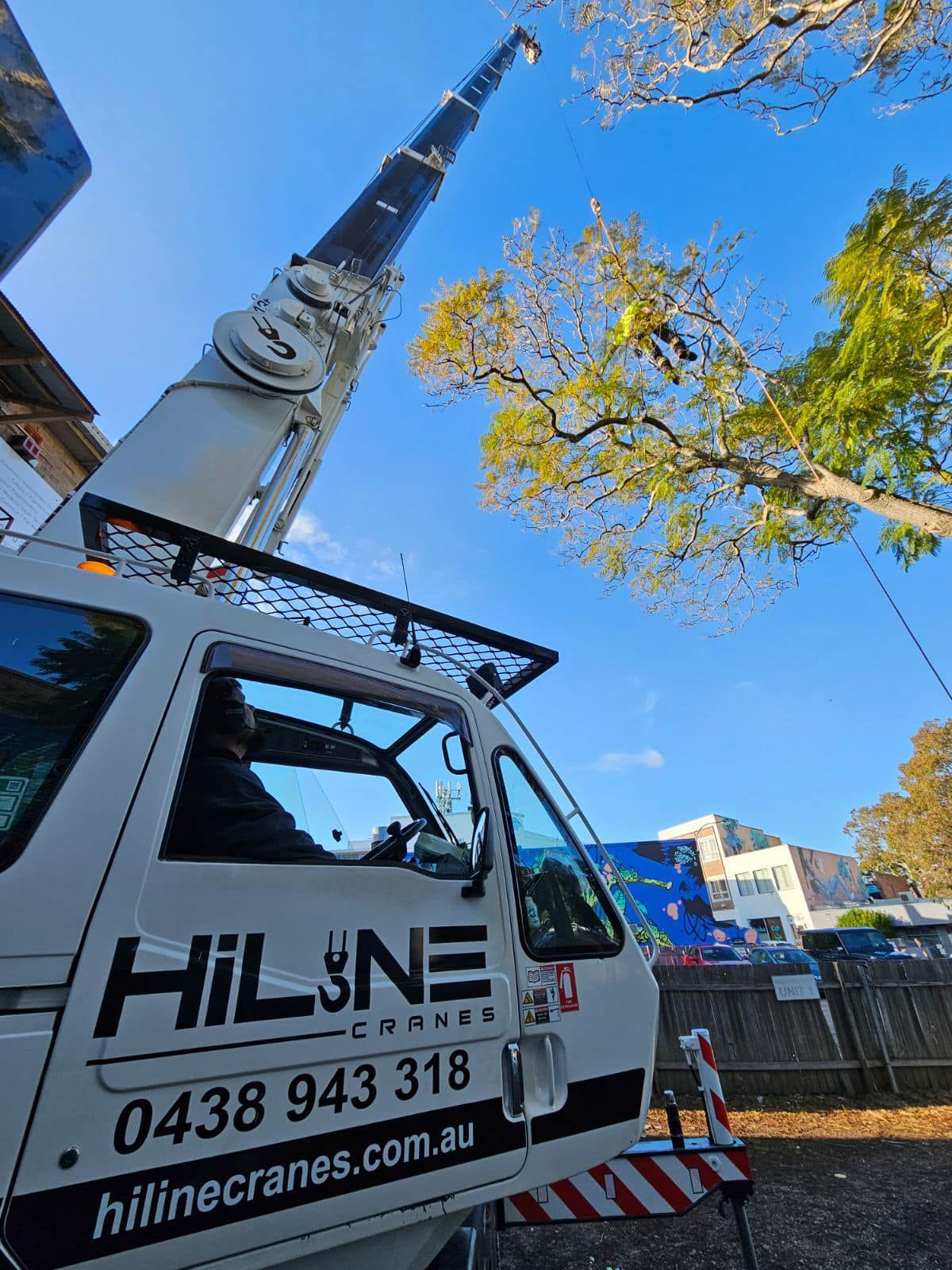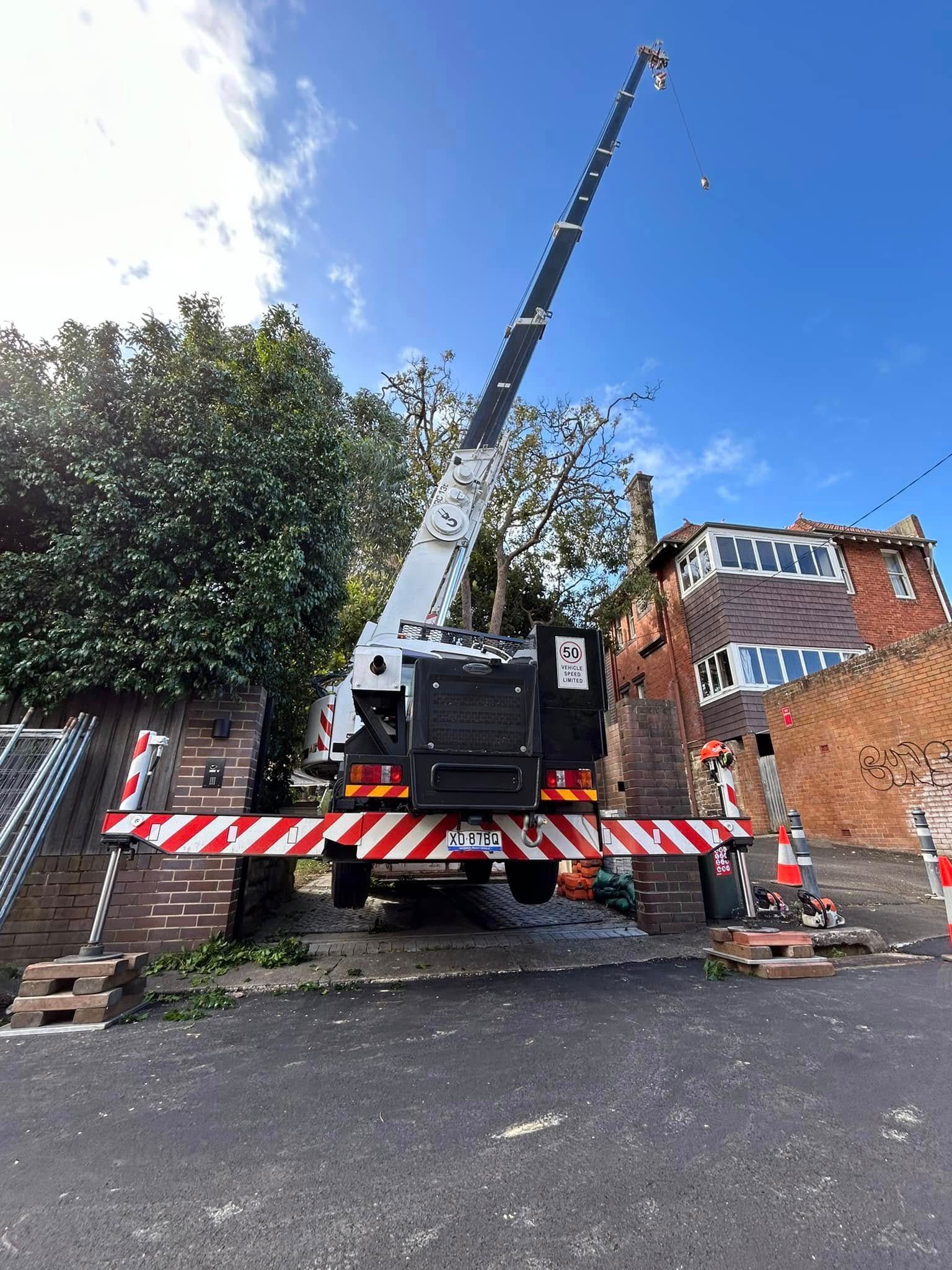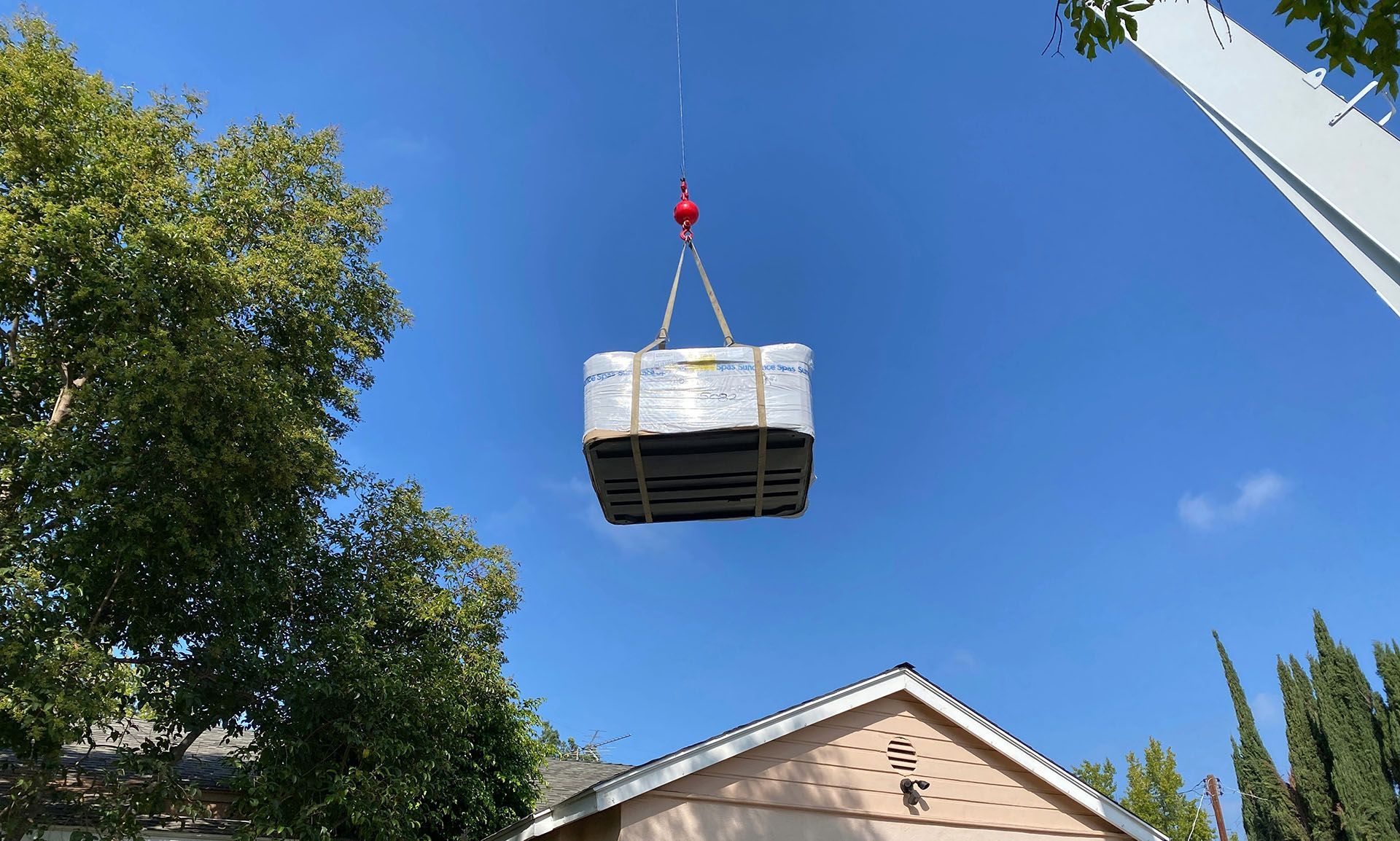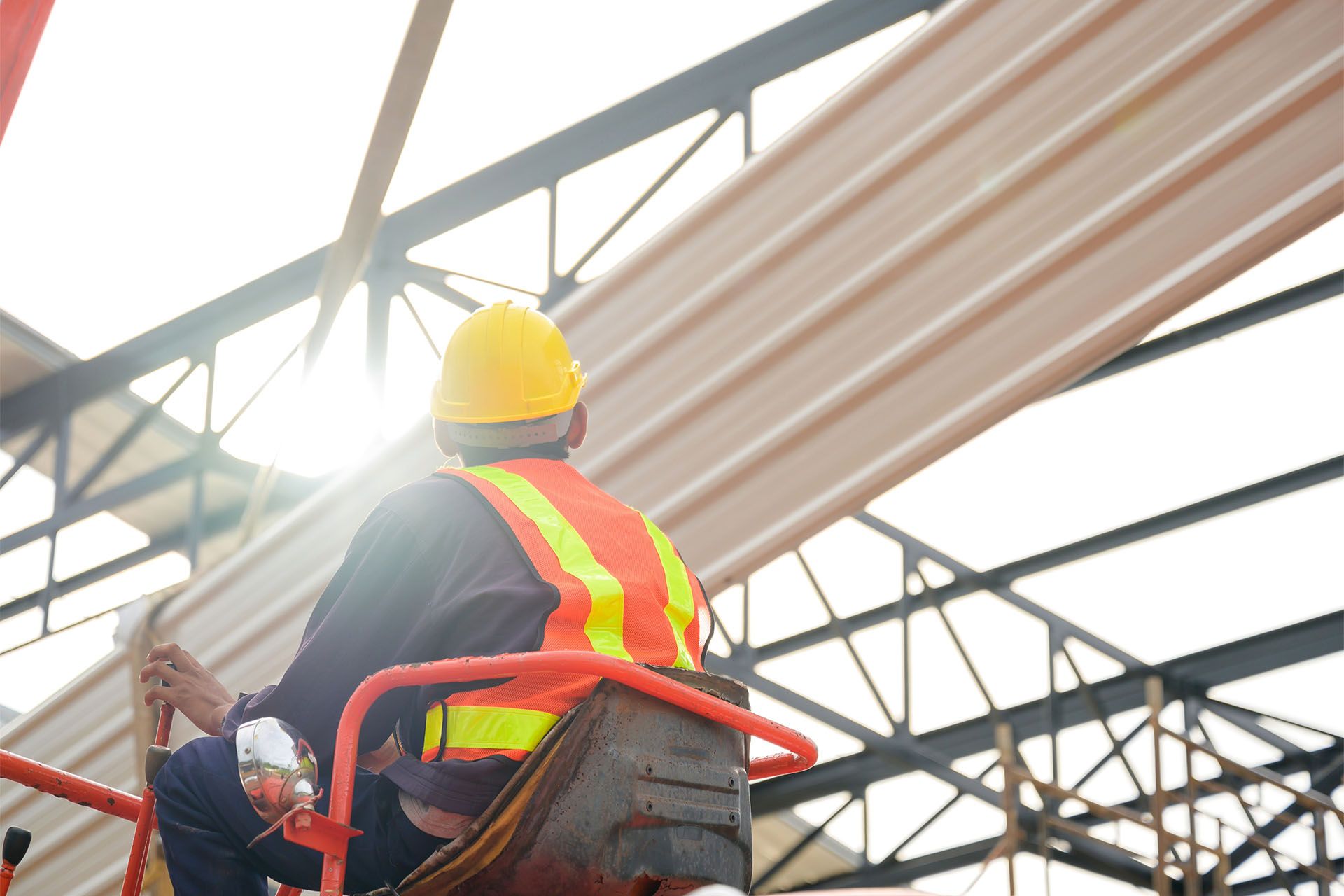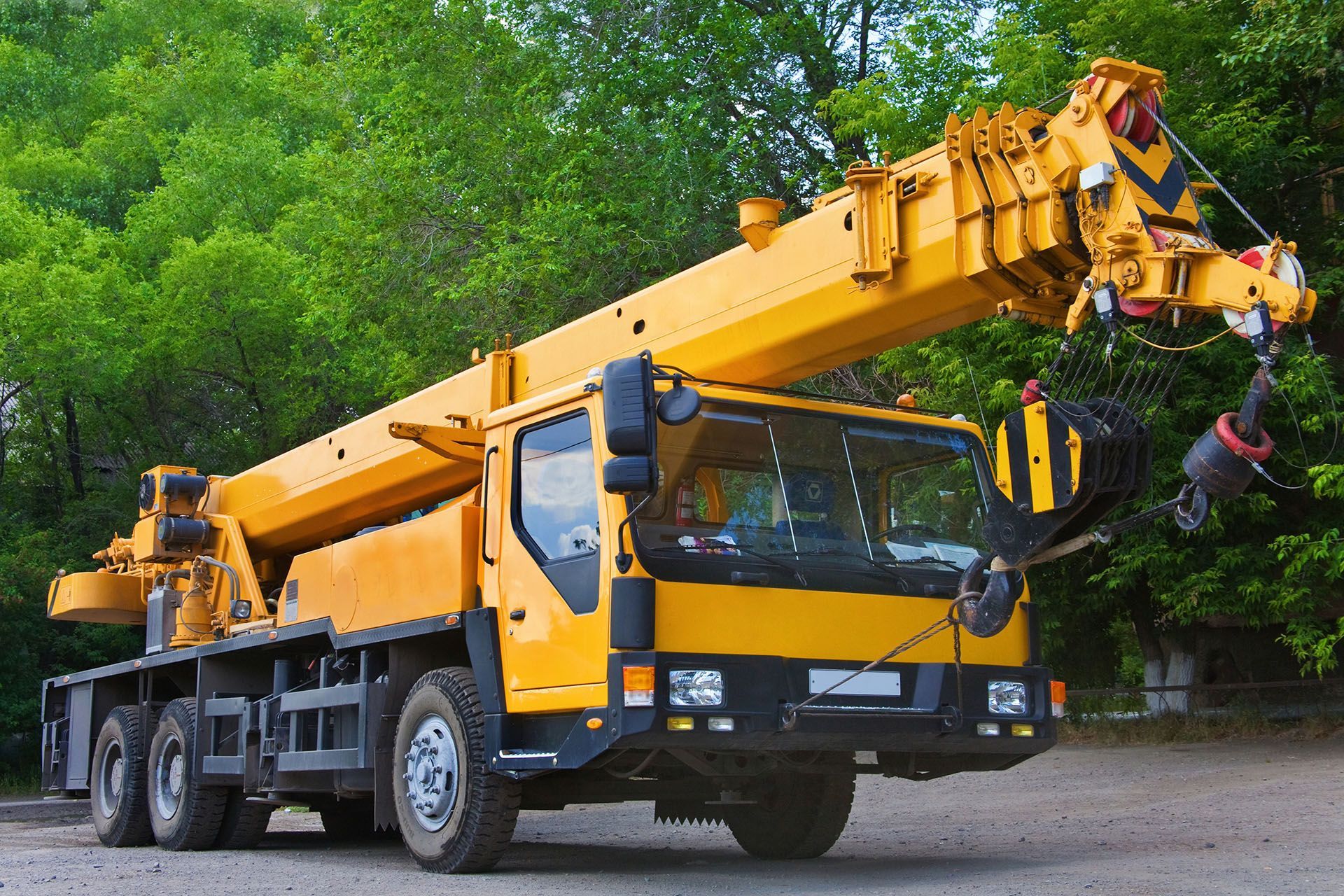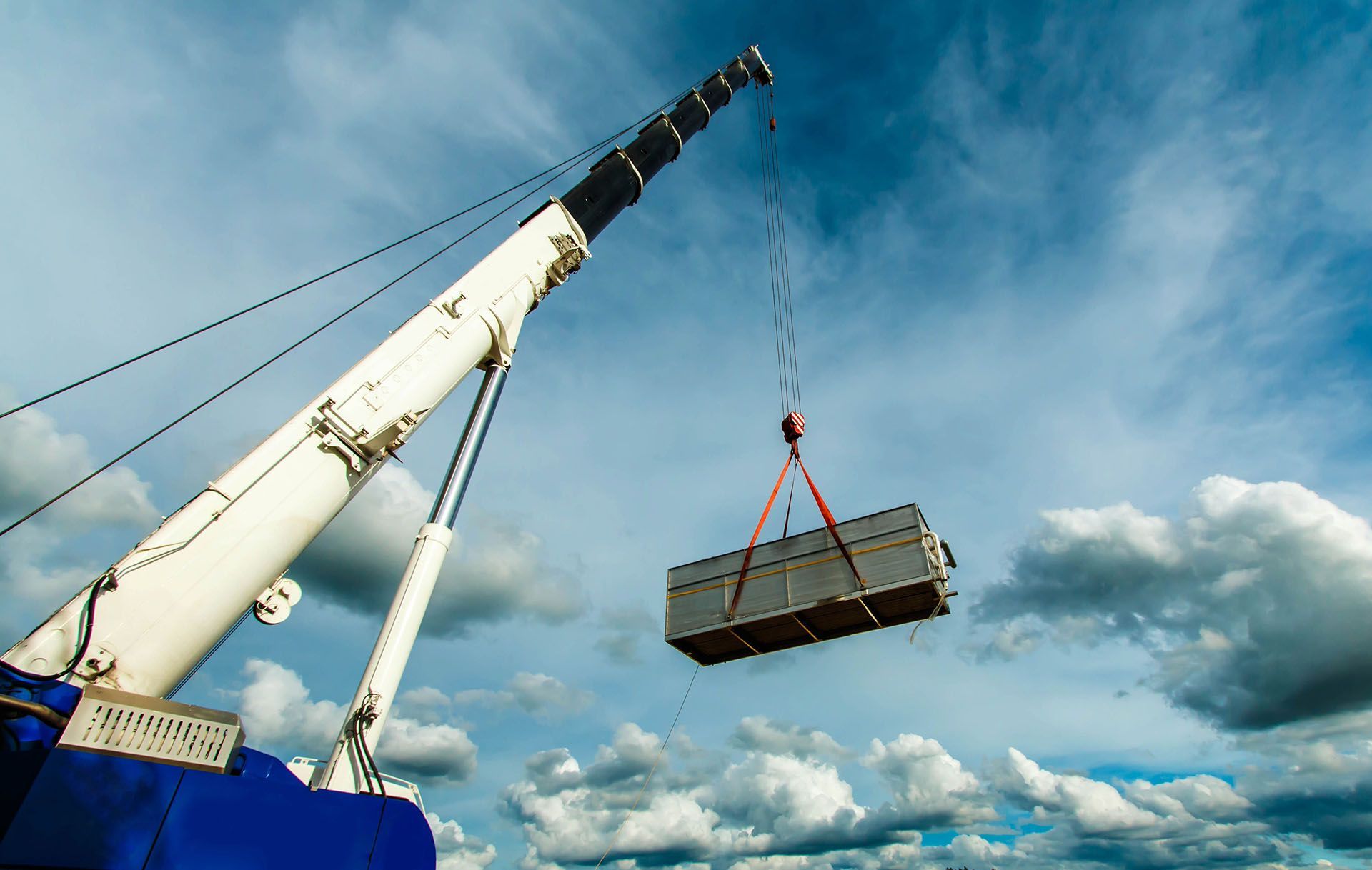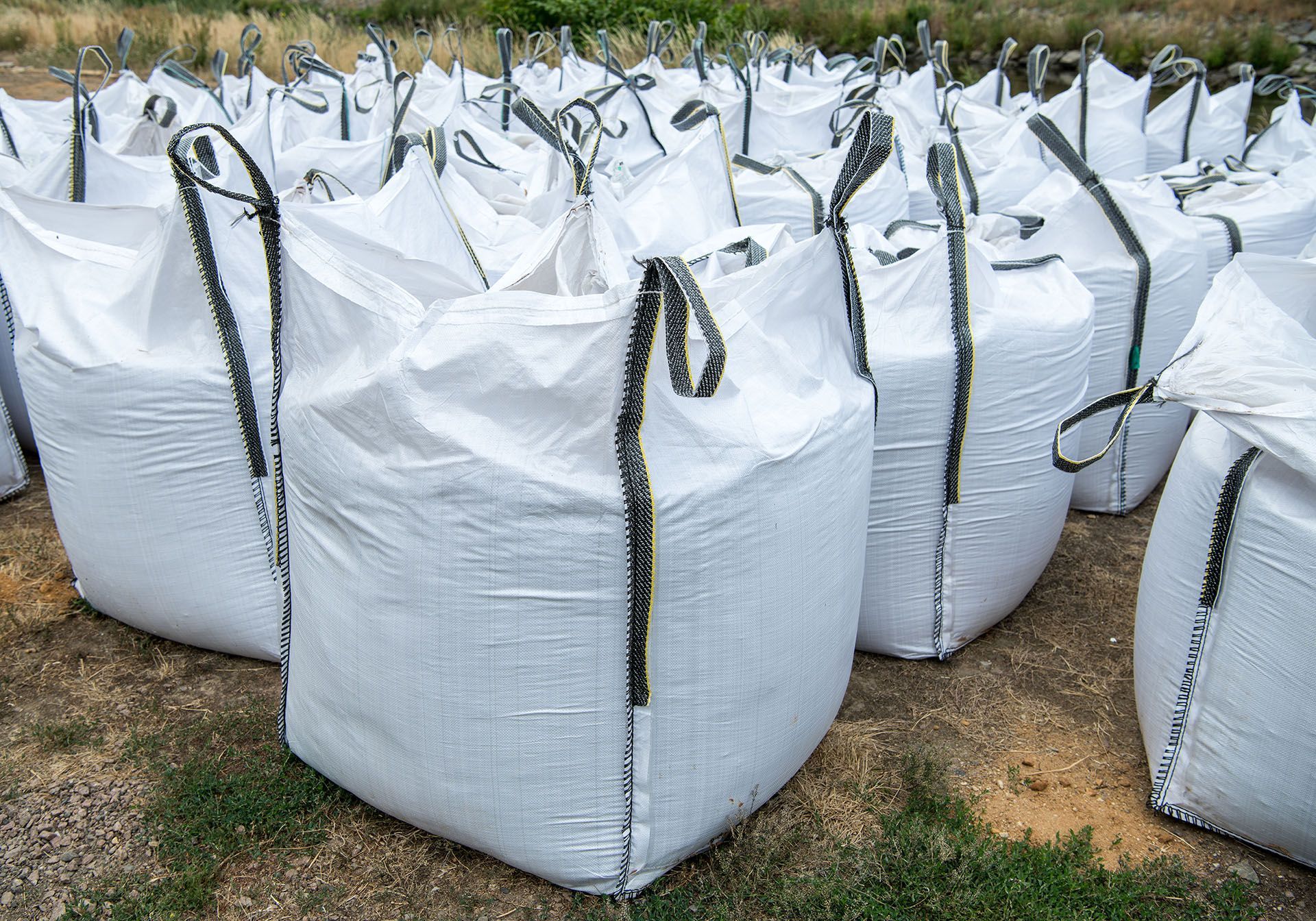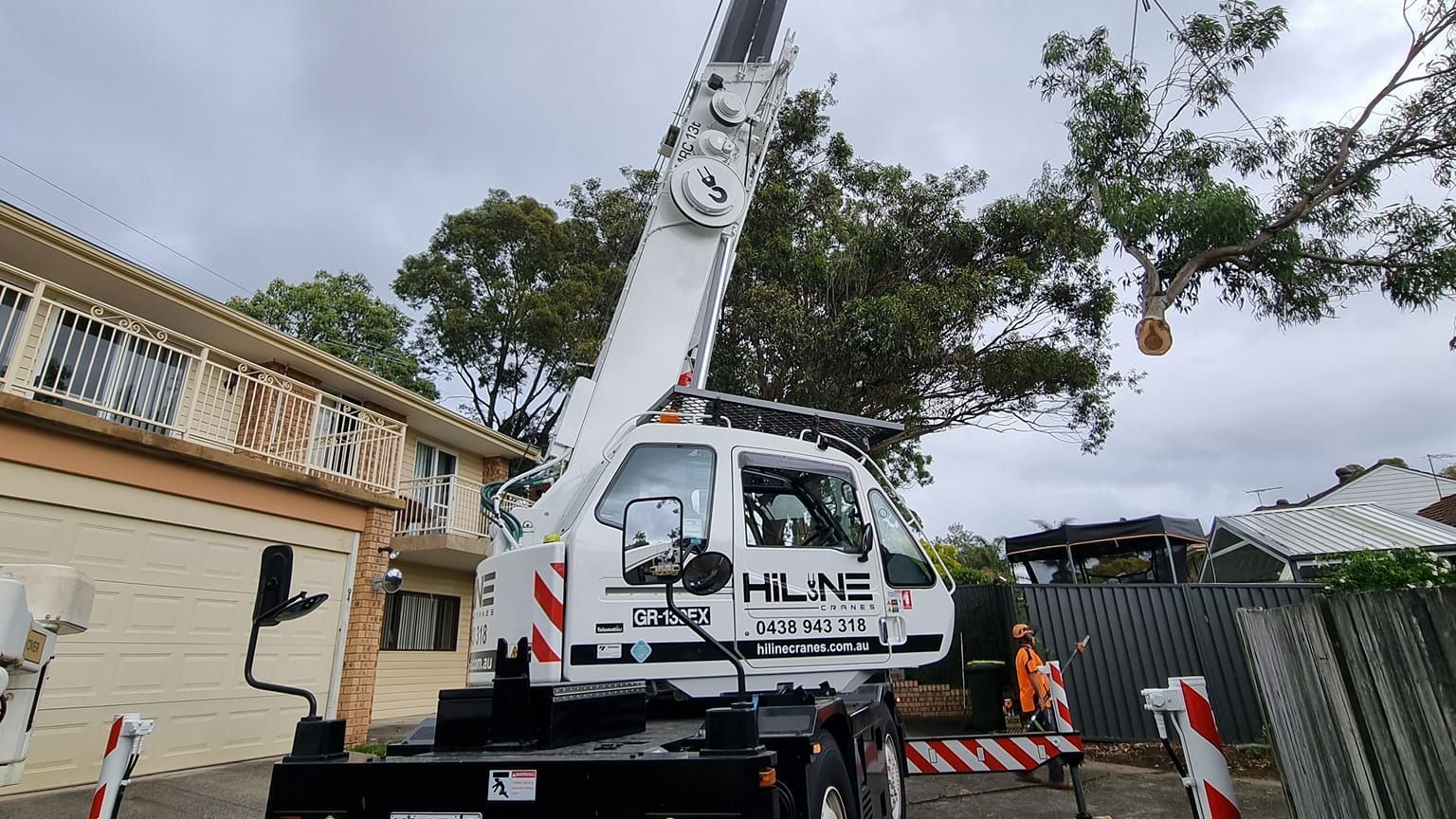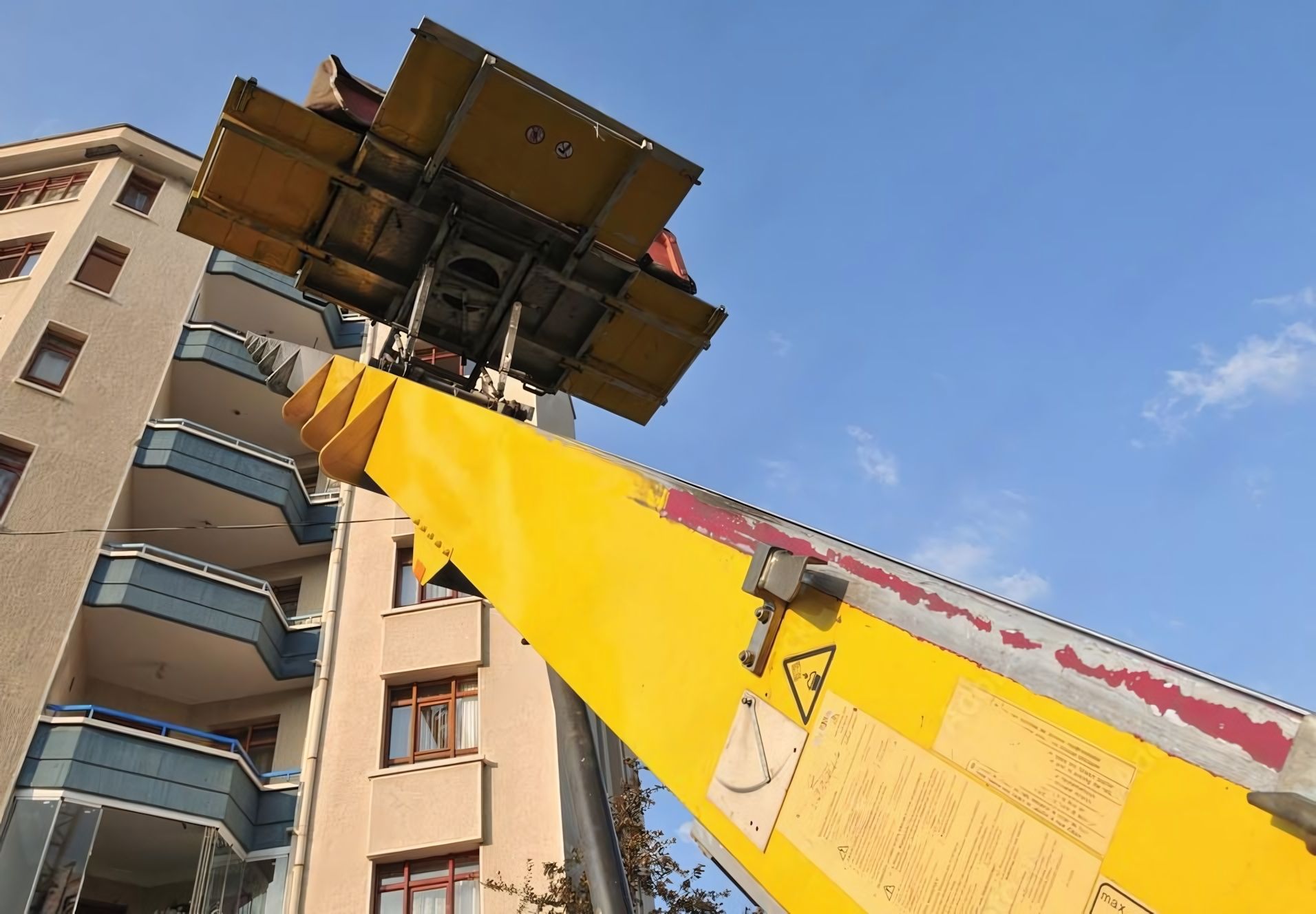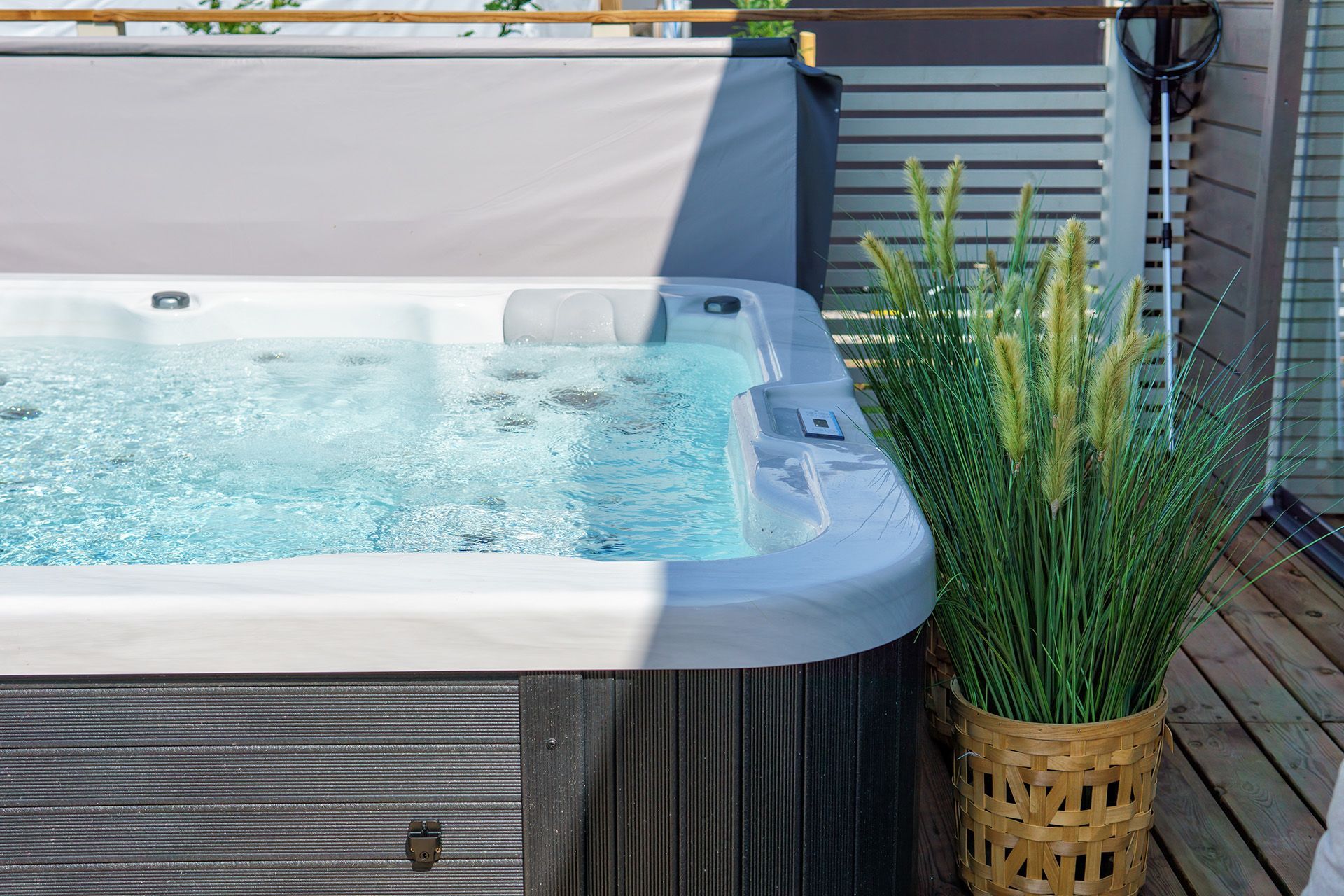The Ultimate Guide to Understanding How a Mobile Crane Works
Do you have a lifting project that requires the use of a mobile crane? Getting the services of a company offering crane hire in Sydney can be a great solution when you need to move heavy loads around a construction site or other projects that require heavy lift assistance.
As every construction worker knows, a mobile crane is an extremely useful piece of equipment to have on a worksite. But the application of mobile cranes is not limited to construction. They are also used to remove large trees from the ground and to set HVAC equipment to a roof, among other uses.
These cranes are mobile because they can move from place to place on their own. They’re also cranes because the entire machine is built around a very long arm that can be extended above the ground, or away from the operator.
Armed with this knowledge, you might think it’s simple enough to understand how a mobile crane works and all its moving parts. However, as is often the case in construction, things aren’t always as straightforward as they appear. A mobile crane has numerous parts and controls that make it more than just a standard crane that can move. Read on and learn everything you need to know about how a mobile crane works.
What Are Mobile Cranes?
Mobile cranes are machines that are designed to be able to move around easily and be transported from one job site to another. They typically have a wheeled chassis and outriggers that can be deployed to provide stability when the crane is lifting heavy loads.
They come in various types, each with its unique set of features and capabilities. The most common type of mobile cranes includes crawler crane, tower cranes, overhead crane, rough terrain crane, all-terrain crane and gantry crane.
They include three general types of mobile cranes operating in Australia:
- Hydraulic Boom Cranes: Hydraulic boom cranes have a telescoping boom that is raised and lowered using hydraulic cylinders. These cranes are very versatile and can be used for a wide range of lifting applications.
- Lattice Boom Cranes: Lattice boom cranes have a lattice-type structure made up of steel beams extending the boom's length. These cranes are very powerful and can lift very heavy loads, but they are not as mobile as hydraulic boom cranes.
- Non-slewing Cranes: Non-slewing cranes (also called pick-and-carry cranes) like franna cranes have a fixed boom and are used to lift and move loads around a job site. These are not as powerful as the other two types of mobile cranes, but they are very maneuverable and can be used in tight spaces.
How Does a Mobile Crane Work?
A mobile crane is a type of crane that is mounted on a truck or trailer. This allows the crane to be moved around easily and to be used in a variety of settings. Mobile cranes have many uses, including construction, mining, forestry and more.
Mobile cranes typically have four main parts: the chassis, the boom, the jib and the hook. The chassis is the base of the crane, which includes the truck or trailer. The boom is the long arm of the crane, which is used to lift heavy objects. The jib is a shorter arm that is used to stabilize the load. The hook is used to attach and lift the load.
These cranes are operated using a variety of controls, including joysticks, pedals and levers. The operator must be properly trained in order to safely and effectively operate the crane.
When not in use, these cranes must be properly maintained and stored. This includes regular inspections and servicing. Mobile cranes must also be properly marked and secured when not in use to prevent accidents.
Factors that Affect a Mobile Crane
There are many factors that can affect the stability and performance of a mobile crane. These include the type of terrain, the weather conditions and the weight and size of the load.
Type of Terrain
The type of terrain can have a big impact on a mobile crane. Soft or uneven ground can make it difficult to set up the crane and can cause the crane to tip over. Slippery or muddy conditions can also make it difficult to operate the crane. It is important to always assess the terrain before using a mobile crane.
Weather Conditions
Weather conditions can also affect the performance of a mobile crane. Strong winds can make it difficult to operate the crane and can cause the load to swing dangerously. Snow and ice can make it difficult to move the crane around and make it more likely to tip over.
Weight and Size of the Load
The weight and size of the load can also affect the performance of a mobile crane. The crane must be properly calibrated for the size and weight of the load. If the load is too heavy or too big, it can cause the crane to tip over.
It is important to always assess all of these factors before using a mobile crane. By doing so, you can help prevent accidents and ensure that the crane is used safely and effectively.
| Read More About Crane Safety Tips
Looking for Mobile Crane Hire Service?
HiLine Cranes offers mobile crane hire services. We have a modern, well-maintained fleet of mobile cranes that are available for both short and long-term hire. This includes an experienced crane hire operator who can provide you with quality service and the assistance you need to safely and effectively complete your lifting project.
We will meet you onsite for a site inspection and provide you with a quote. Contact us today mobile crane hire service.

